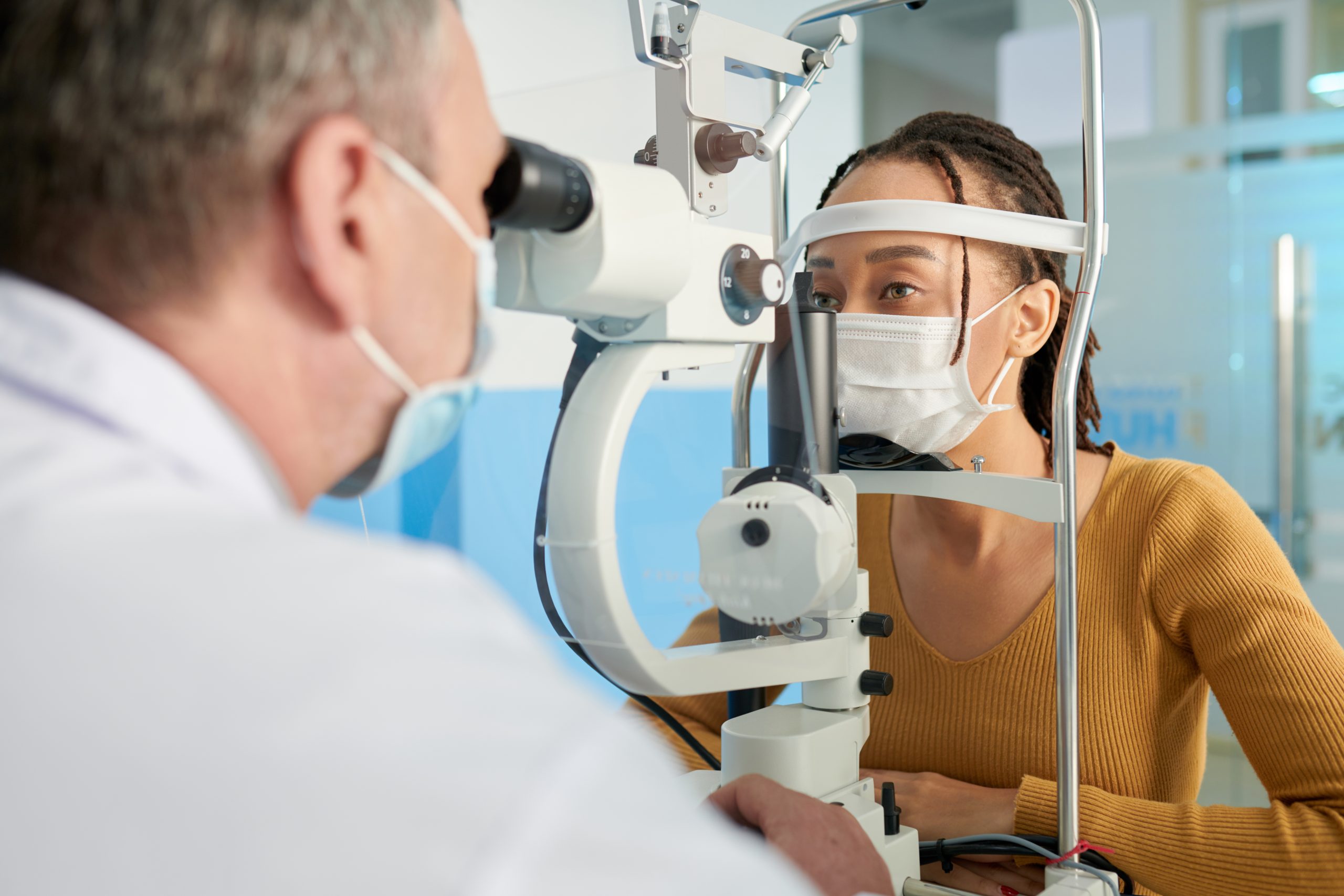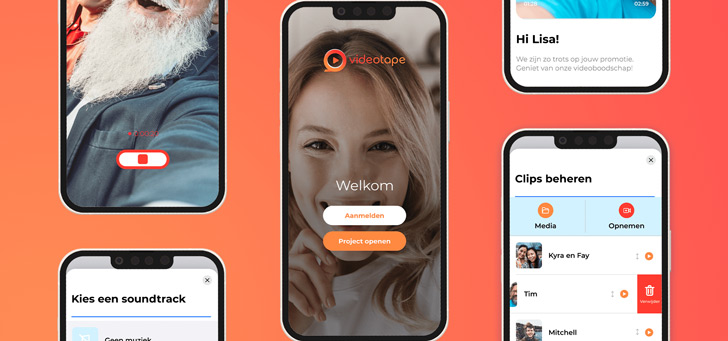This is how screens affect our eyes
Eyes transmit electrical signals to our brain. This creates the image that we eventually see. The optic nerve, located at the back of the eye, serves as a kind of information cable between the eye and our brain. In recent years it has become apparent that our eyes are deteriorating further and further. It is expected that half of the world’s population will be nearsighted by 2050. Of this half, 20% will be at risk of becoming permanently blind.
Our parents used to say it before the enormous increase in screen use: “don’t sit behind a screen for too long!” And that advice is not for nothing. The biggest cause of nearsightedness, also known as myopia, is a combination of screens and little sunlight.
Why is a screen bad for your eyes?
The blue light emitted by a screen is also present in normal daylight. In principle, this is not bad. On the contrary: a healthy dose of blue light can increase our alertness. If you work in an office, you will probably realize that it is more difficult to fall asleep at night. In the long term, staring at a screen for a long time can cause poor eyesight.
What can you do yourself?
To minimize the risk of damage to your eyes, it is important to see daylight every three hours. This seems to reduce the risk of nearsightedness. So take plenty of rest in between at the office. For example, go for an office walk during your lunch break. In addition, it is advisable to blink a lot during your working day, to lower the brightness of your screen and not to sit too close to the screen.
What about nearsightedness for children?
Children seem to be looking at a screen more than ever. Children under the age of 6 spend an average of 100 minutes looking at a tablet, telephone or television screen. One in four parents with a baby aged 9 months to 12 months indicate that their child watches a screen for at least two hours a day. Network Media Literacy is concerned about these figures.
The advice is to use the 20-20-2 rule to reduce the risk of nearsightedness in (young) children. This means that after every 20 minutes of looking at a screen, your child must look into the distance for 20 seconds. In addition, it is advisable to play outside for at least 2 hours a day. This way the eyes get enough daylight.



